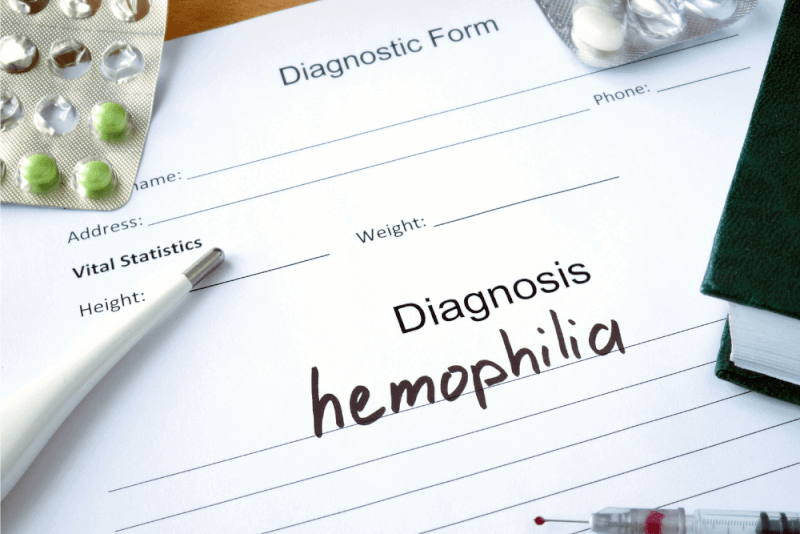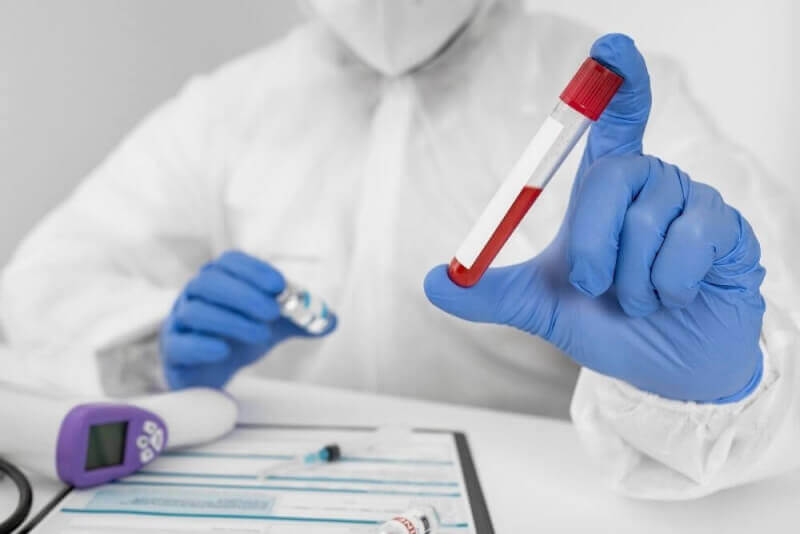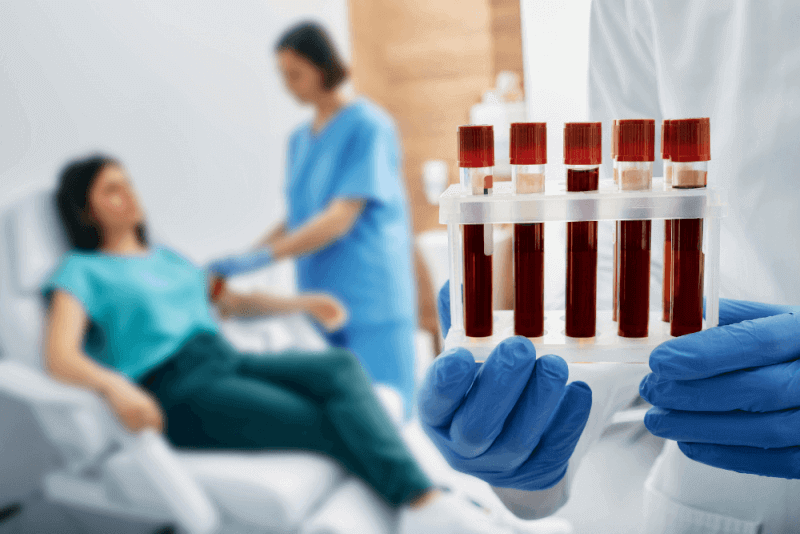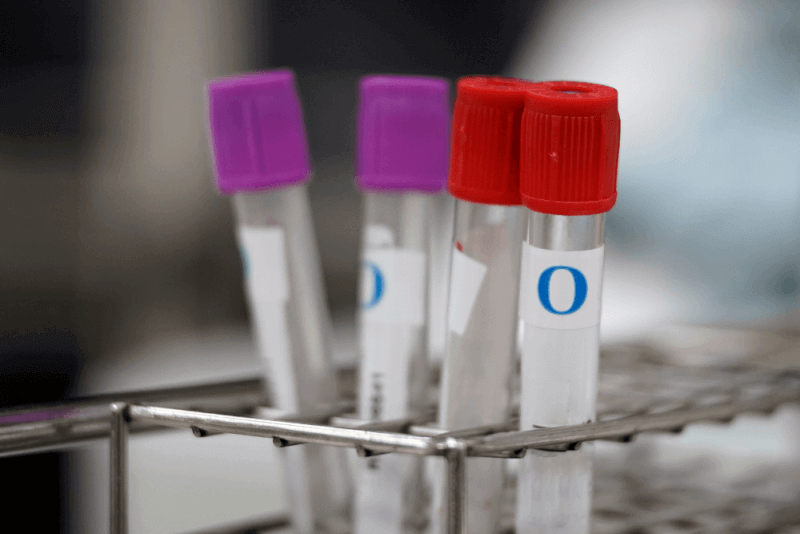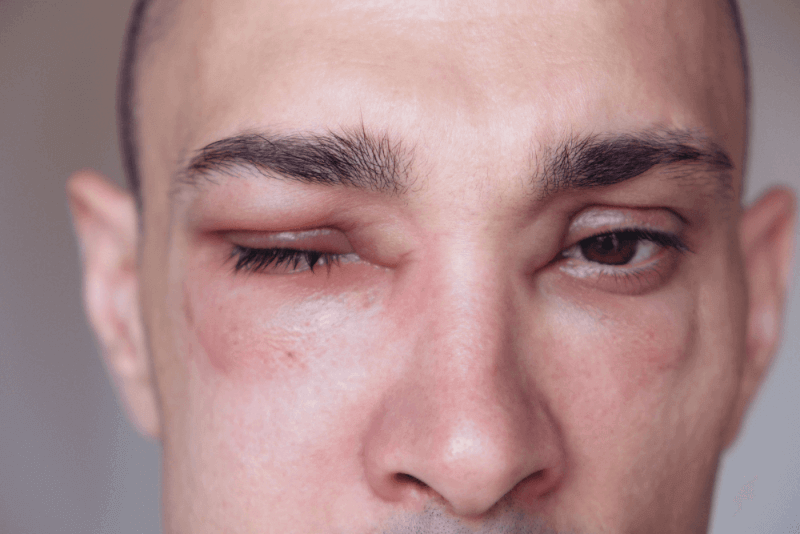What is Hemophilia?
Hemophilia is a hereditary disorder that leads to a reduced ability for the blood to clot, increasing the risk of bleeding or bruising. It occurs due to insufficient production of clotting factors that are necessary for blood clotting.
Clotting factors are proteins in the blood that work alongside platelets to control bleeding. A low level of clotting factors increases the risk of bleeding. There are different types of hemophilia.
Additionally, depending on the amount of clotting factor present, hemophilia can be classified as mild, moderate, or severe. Hemophilia is usually a congenital condition, but in rare cases, acquired hemophilia can also occur. Acquired hemophilia is caused by autoantibodies attacking specific clotting factors.
Hemophilia Diagnosis
To diagnose hemophilia, it is first necessary to identify the symptoms and conduct a physical examination. Certain tests are also required to confirm the diagnosis. These tests include:
- A complete blood count (CBC) to evaluate blood cells.
- A prothrombin time (PT) test to measure how quickly the blood clots.
- Another test used to measure clot formation time is the activated partial thromboplastin time (aPTT) test.
- Specific clotting factor tests to measure the levels of specific clotting factors.
Causes of Hemophilia
There are genes responsible for producing clotting factors. In patients with hereditary hemophilia, the genes that carry instructions for making normal clotting factors undergo mutations.
These mutated genes provide instructions that result in the production of abnormal clotting factors or insufficient amounts of clotting factors. Additionally, about 20% of cases may have a family history of bleeding disorders.
How is Hemophilia Inherited?
All types of hemophilia are sex-linked recessive disorders that are inherited through the X chromosome. The inheritance patterns include:
- Individuals assigned female at birth who inherit a faulty X chromosome from their mother will be carriers and may not show symptoms, as the X chromosome from their father contains a normal factor gene.
- A woman with a factor 8 or factor 9 deficiency has a 50% chance of passing the abnormal gene to her male child.
As a result, a woman with hemophilia has a 50% chance of having children with the same condition.
Symptoms of Hemophilia
The characteristic symptom of hemophilia is unusual and excessive bleeding. Other symptoms that may occur in patients include:
- Patients may develop large bruises after minor injuries.
- Prolonged bleeding is seen in all cases where tissue integrity is disrupted, from surgeries to minor cuts.
- Sudden nosebleeds may occur.
The bruising and bleeding experienced by patients vary depending on the severity of the disease.
- Severe hemophilia often results in spontaneous or unexplained bleeding.
- Patients with moderate hemophilia may experience unusually prolonged bleeding after serious injuries.
- Patients with mild hemophilia may experience unusual bleeding, but this typically occurs after major surgeries.
Other symptoms of hemophilia include:
- Joint pain caused by internal bleeding
- Brain hemorrhage
In infants or children with hemophilia, the symptoms may include:
- Bleeding after minor injuries.
- Large swelling can occur even after a slight bump to the head.
- Restlessness
- Irritability
- Refusal to crawl or walk
- Hematomas
Treatment Methods for Hemophilia
The primary treatment for severe hemophilia involves replacing the missing clotting factor through a tube inserted into a vein. This replacement therapy is also used to stop ongoing bleeding.
Some replacement therapies can be administered at home. Some patients may need to continue their treatment throughout their lives. Other therapies include:
Desmopressin
In some types of mild hemophilia, the hormone desmopressin can stimulate the body to release more clotting factors. This hormone is administered slowly through an injection into a vein or used as a nasal spray.
Emicizumab (Hemlibra)
This is a new generation of medication that does not contain clotting factors. It helps prevent bleeding episodes in patients with Hemophilia A.
Clot-preserving Medications
These medications, known as antifibrinolytics, help prevent the breakdown of clots.
Fibrin Sealants
This group of medications is applied directly to the wound site to promote clotting and healing.
Physical Therapy
Physical therapy can help alleviate symptoms and signs when internal bleeding damages joints. In severe cases, surgery may be necessary.
First Aid for Minor Cuts
For minor injuries, applying pressure or a bandage is usually sufficient. Ice application is needed to treat small bleeds under the skin.
Types of Hemophilia
Hemophilia is classified into three types:
Hemophilia A
The most common type of hemophilia, Hemophilia A, occurs when there is insufficient production of factor 8.
Hemophilia B
Hemophilia B occurs due to the lack of sufficient factor 9.
Hemophilia C
Hemophilia C is caused by a deficiency in factor 11 and is rare.
How Long Do Hemophilia Patients Live?
The life expectancy of hemophilia patients is not altered. However, uncontrolled bleeding carries a risk of death.
Menstruation in Women with Hemophilia
Women with hemophilia experience heavy bleeding during their menstrual periods. In some cases, abnormal uterine bleeding or menorrhagia may occur, leading to low iron levels and anemia in women.


